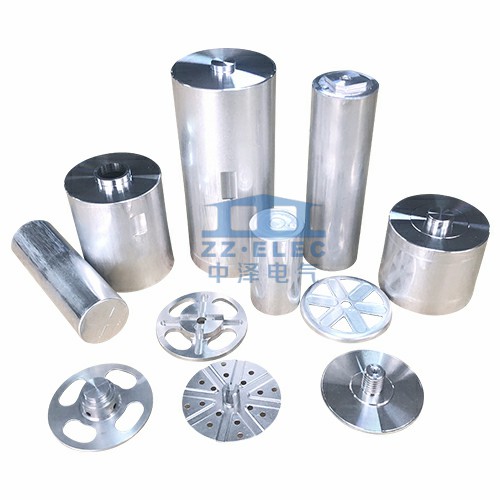

Contact us



BMW (Import) 7 (E65, E66, E67) Filt...

High quality VW IMPORT FILTER

Land Rover (import) FREELANDER (LN)...

Daewoo (import) REXTON (GAB_), Volk...

Ford (import) FOCUS / Mazda (import...

Multi-effect BMW FILTER

POLO Filter

Volkswagen VW Touareg Filter

High precision SSANGYONG FILTER

BMW-X5 Filter

New energy super capacitor componen...

Threaded POLE PIECE-14

Customized Processing POLE PIECE-12

Triangular Hole POLE PIECE-10

Multi-style POLE PIECE

Perforated POLE PIECE

Zhejiang Zhongze Electric Co., Ltd is a famous aluminium cold extrusions manufacturers and , our group has four production-type subsidiaries, which were first established in 1987 and started with precision cold extruded aluminum products and precision injection molded products.
Tel: +86 0573-82696969
Phone: +86 13957386455 13819772766
Fax: +86 573 82696982
E-mail: [email protected]
Add: 379 Yinhe Road, Jiaxing City, Zhejiang Province,China
Copyright © Zhejiang Zhongze Electric Co., Ltd. Rights Reserved. China Lithium battery Components Factory